What Is Dental Tourism?
Dental tourism is when people travel to another country for dental treatment, often due to cost savings, shorter waiting times, or access to procedures unavailable at home. Countries like Mexico, Thailand, Hungary, and Turkey have become well-known destinations. While some patients save up to 70% on procedures like implants or veneers, cost alone doesn’t guarantee long-term satisfaction.
The Power of Individualized Care Plans
When patients choose dental tourism, one of the most critical factors for success is whether the dentist offers a personalized treatment plan. This plan should outline:
The patient’s current oral health status.
Recommended treatments and alternatives.
Potential risks and recovery timelines.
Long-term maintenance strategies.
A one-size-fits-all approach often leads to complications, while individualized plans ensure care is aligned with each patient’s unique health history, lifestyle, and goals.
How Individualized Plans Improve Outcomes
1. Better Treatment Success
When care is customized, dentists can anticipate complications and adjust techniques accordingly. For example, a patient with gum disease might need preparatory treatment before receiving implants. Without such foresight, even a high-quality implant could fail.
2. Enhanced Patient Compliance
Clear, tailored instructions increase the likelihood that patients will follow post-treatment guidelines. For instance, someone returning home after a crown procedure benefits from written care steps in their own language, helping them maintain results.
3. Long-Term Oral Health
Individualized plans go beyond immediate fixes. They focus on preventive care, ensuring patients return home with the knowledge to maintain their oral health. This reduces the risk of future costly procedures.
Challenges in Dental Tourism
While the idea of combining a vacation with dental care sounds appealing, it comes with challenges:
Continuity of care: Once patients return home, follow-up appointments may be difficult.
Communication barriers: Language differences can affect clarity in treatment instructions.
Quality variations: Not all clinics abroad uphold the same standards.
This is where individualized plans make a difference—they serve as a roadmap for both the patient and any dentist who continues care at home.
Real-Life Example: Sarah’s Story
Sarah, a 42-year-old from the U.S., traveled to Hungary for dental implants. Instead of a generic treatment, her dentist created a tailored plan based on her gum health, bone density, and lifestyle. She received detailed aftercare instructions and scheduled a follow-up with her local dentist. Three years later, Sarah still enjoys strong implants and has avoided complications—all thanks to individualized planning.
Making the Right Choice
If you’re considering dental tourism, here are steps to ensure you get the most out of your experience:
Research thoroughly: Look for accredited clinics with positive patient reviews.
Request a treatment plan in writing: This ensures transparency and helps you make informed decisions.
Discuss aftercare: Confirm how complications will be handled once you return home.
Prioritize quality over cost: Cheaper is not always better when it comes to health.
Conclusion
Dental tourism can indeed be worth it—if patients prioritize quality and individualized care over bargain deals. A personalized treatment plan not only improves immediate outcomes but also supports long-term oral health, helping patients smile confidently for years to come.
FAQs About Dental Tourism
1. Is dental tourism safe?
Yes, if you choose accredited clinics with experienced dentists. Always verify qualifications and reviews.
2. How much can I save with dental tourism?
Depending on the country and procedure, patients often save 40–70% compared to local prices.
3. What happens if I have complications after returning home?
An individualized care plan helps guide local dentists, but always discuss follow-up options before your trip.
4. Which countries are best for dental tourism?
Popular destinations include Mexico, Thailand, Hungary, Turkey, and Costa Rica.
5. Do I need to speak the local language?
Not always. Many clinics serving international patients have English-speaking staff.
6. Can dental tourism cover cosmetic dentistry?
Yes, treatments like veneers, whitening, and smile makeovers are common reasons for travel.
7. How do individualized care plans affect recovery?
They provide clear post-treatment instructions tailored to your health, making recovery smoother and safer.
8. Will insurance cover dental tourism?
Some international or private dental insurance plans may reimburse costs, but most local insurers won’t.
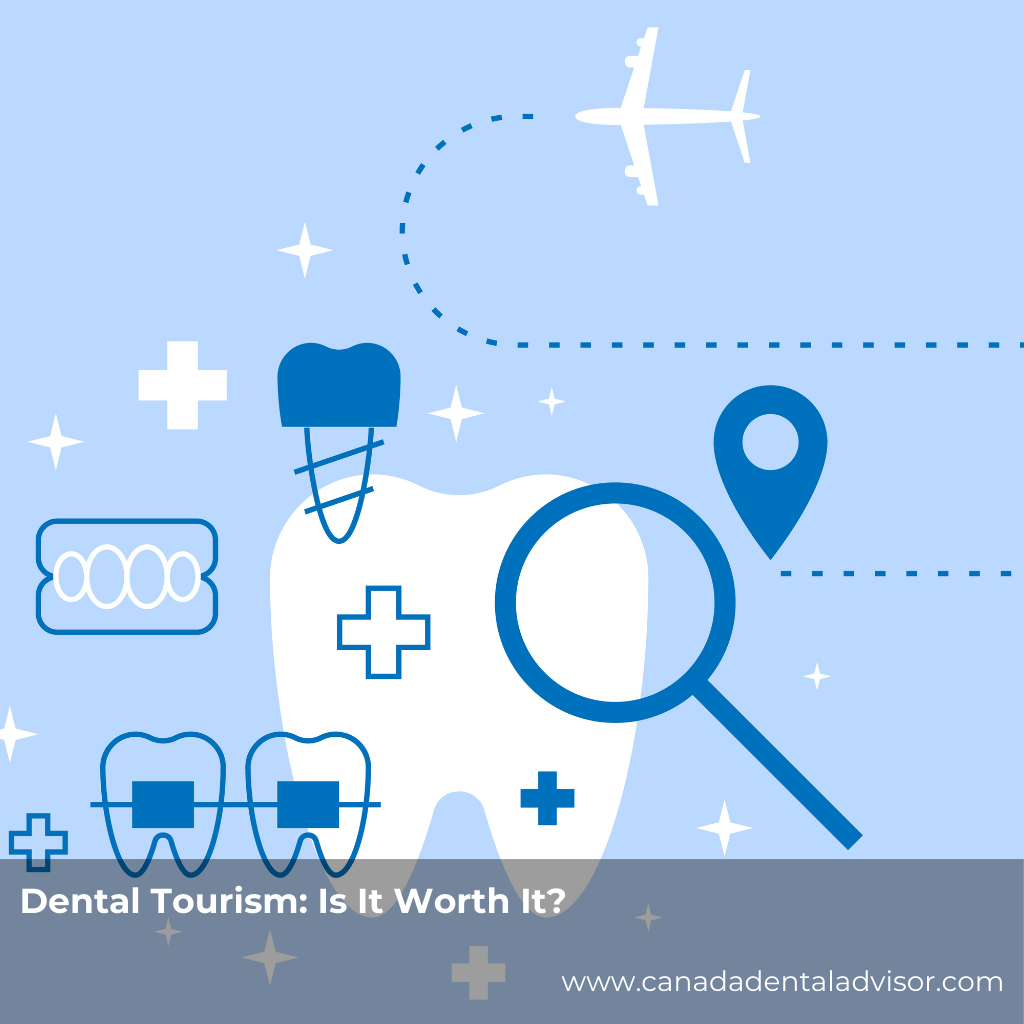

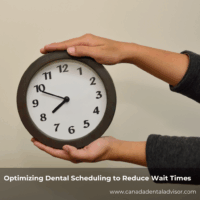



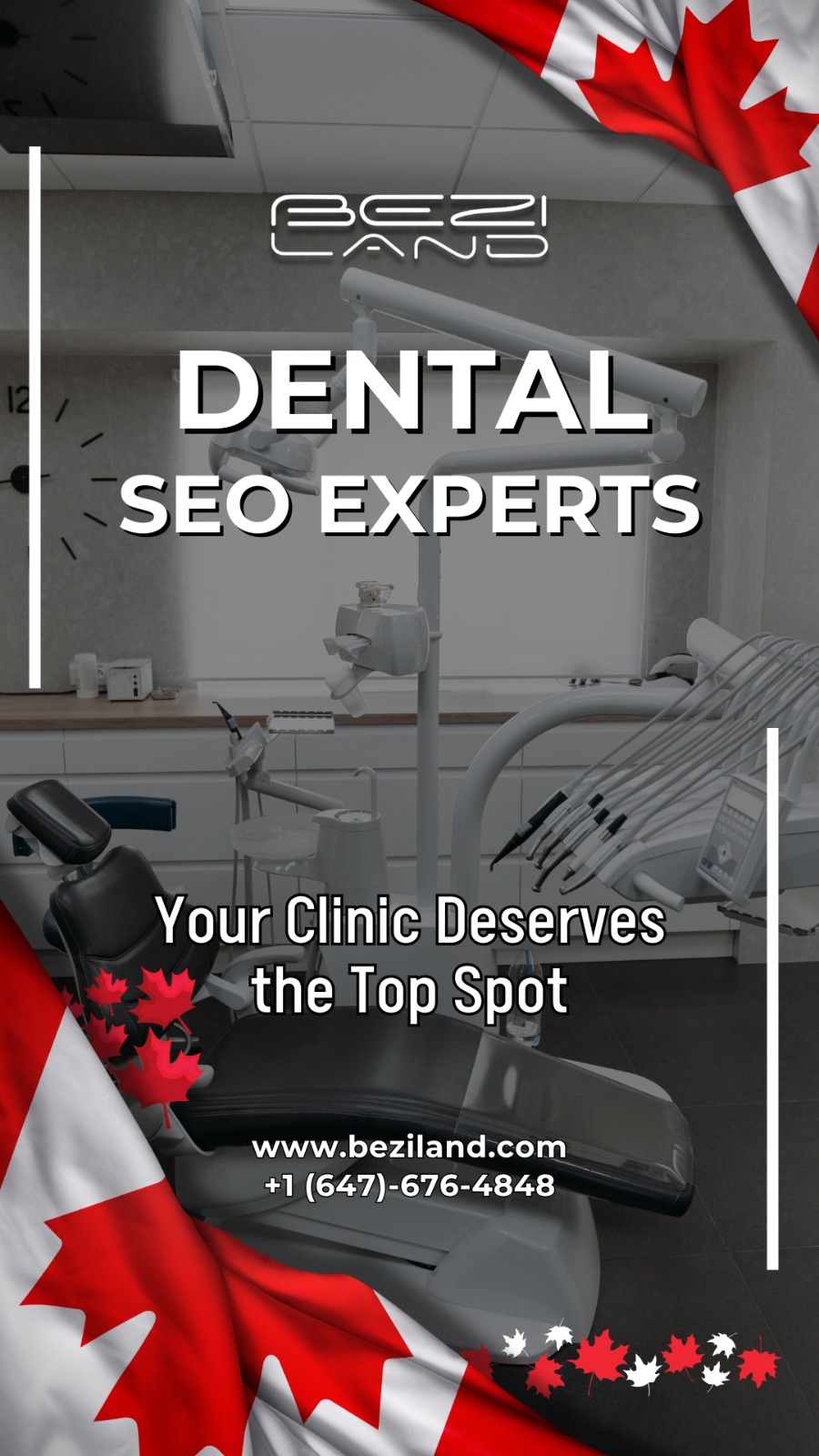

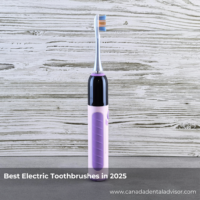
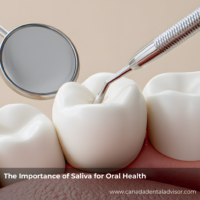
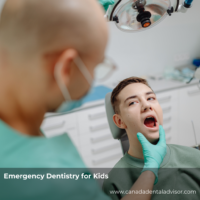
Leave a Reply